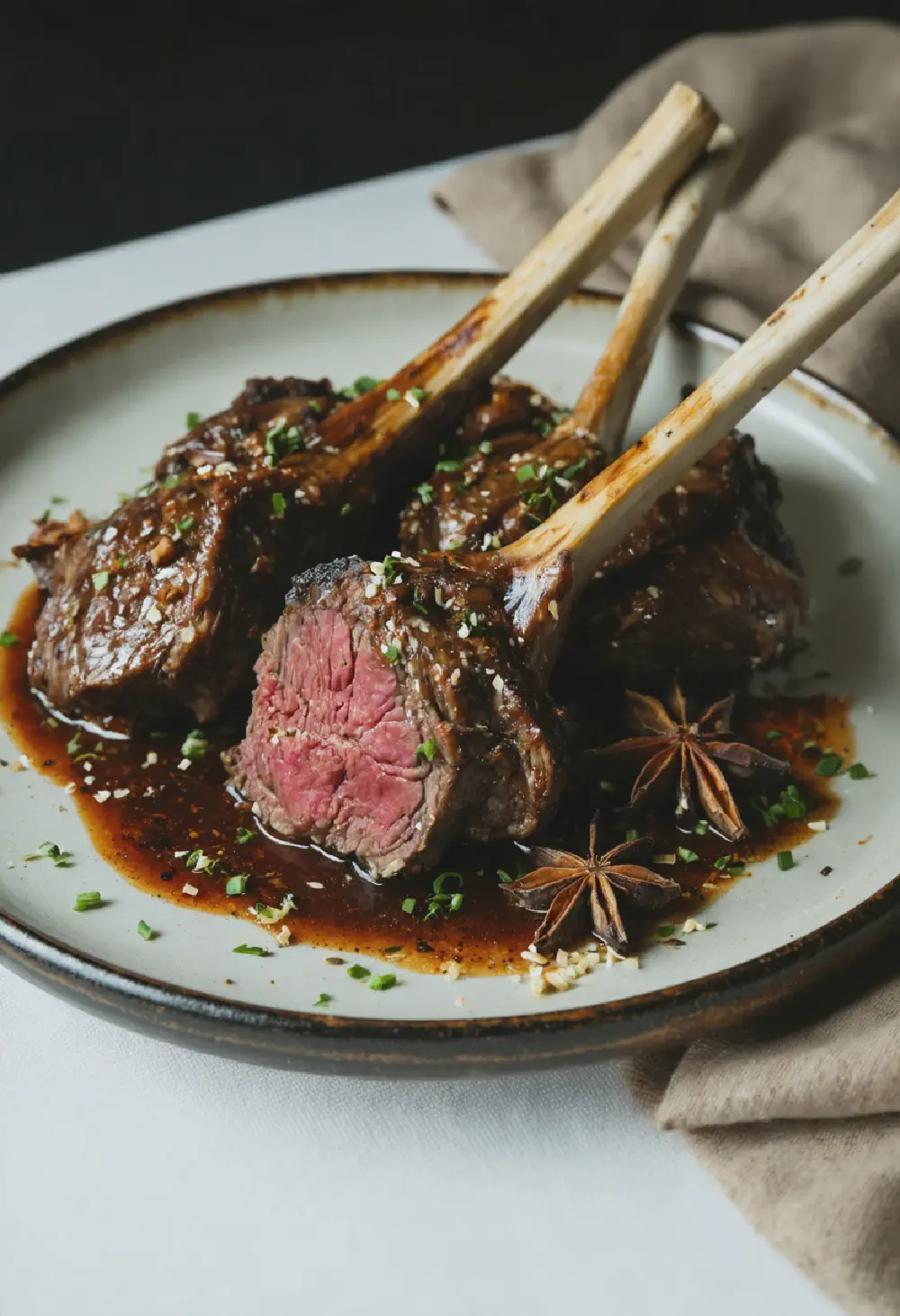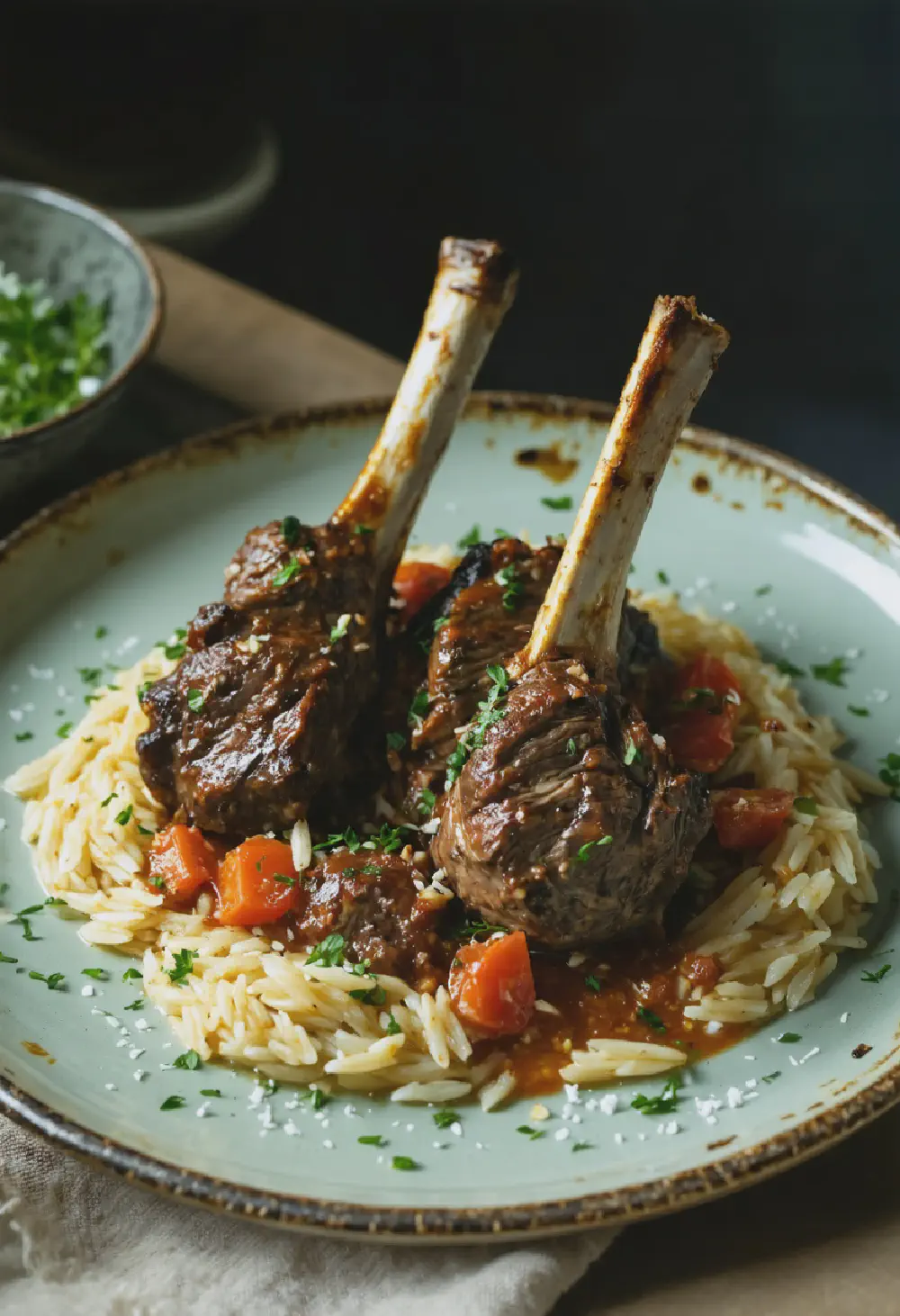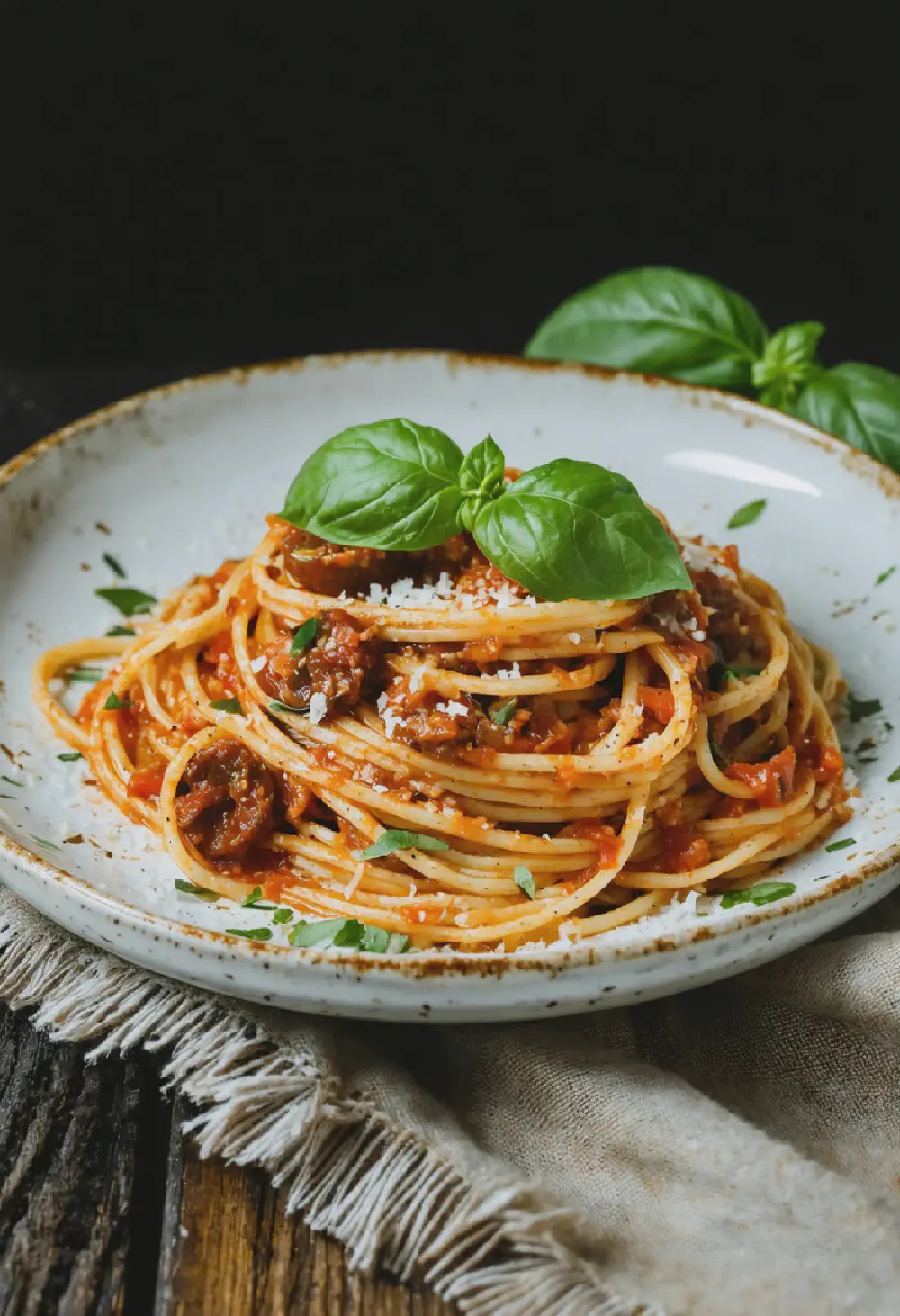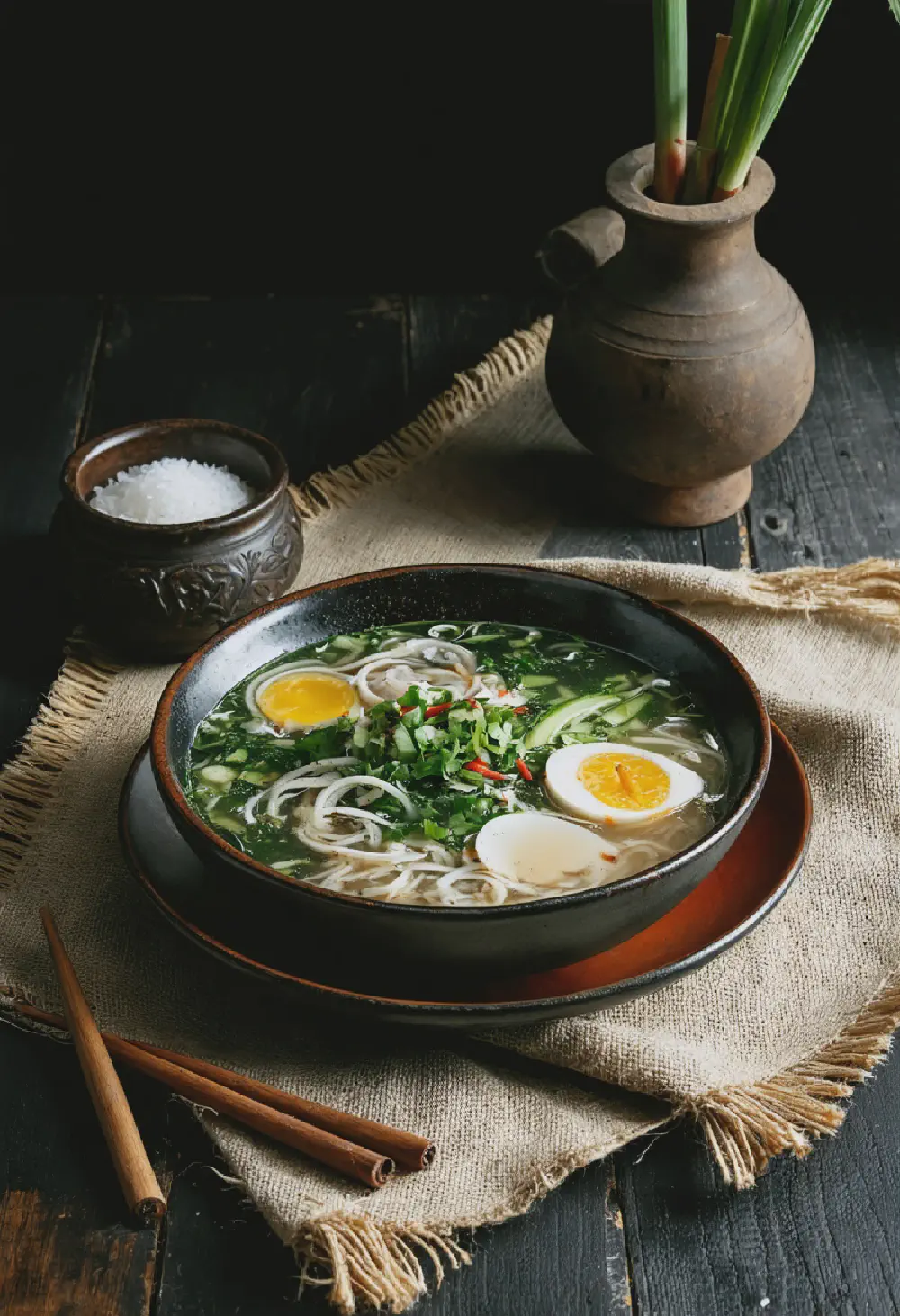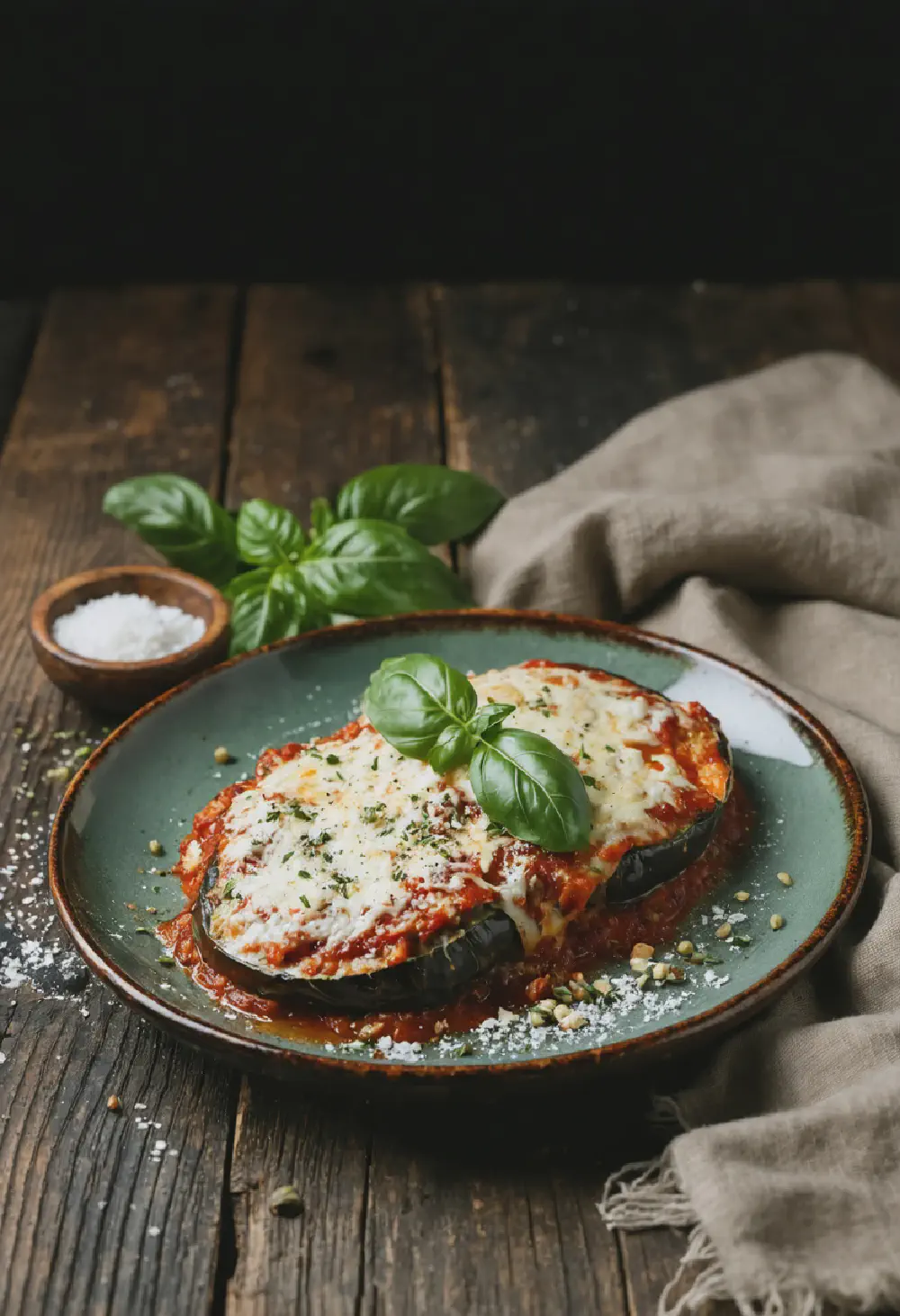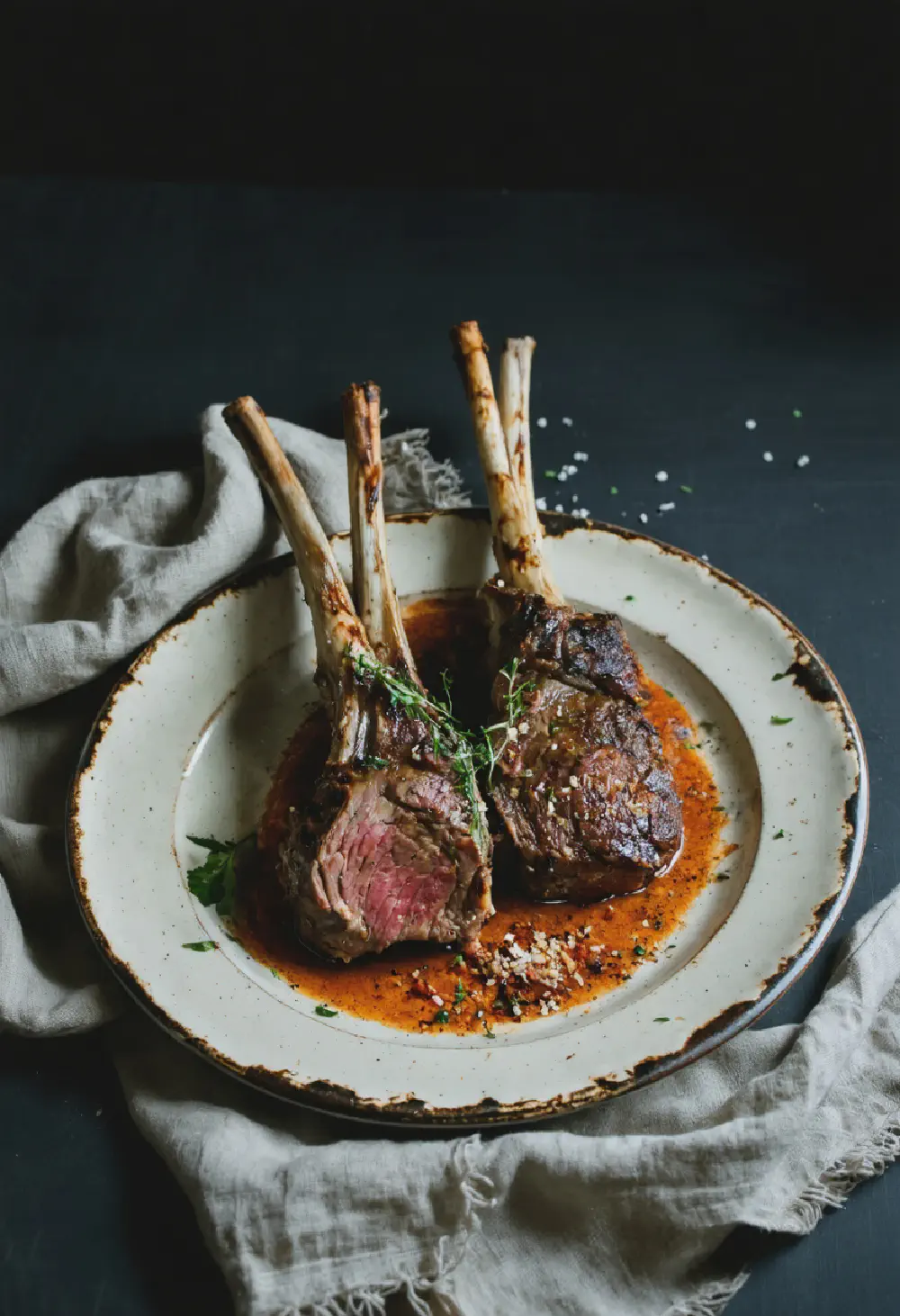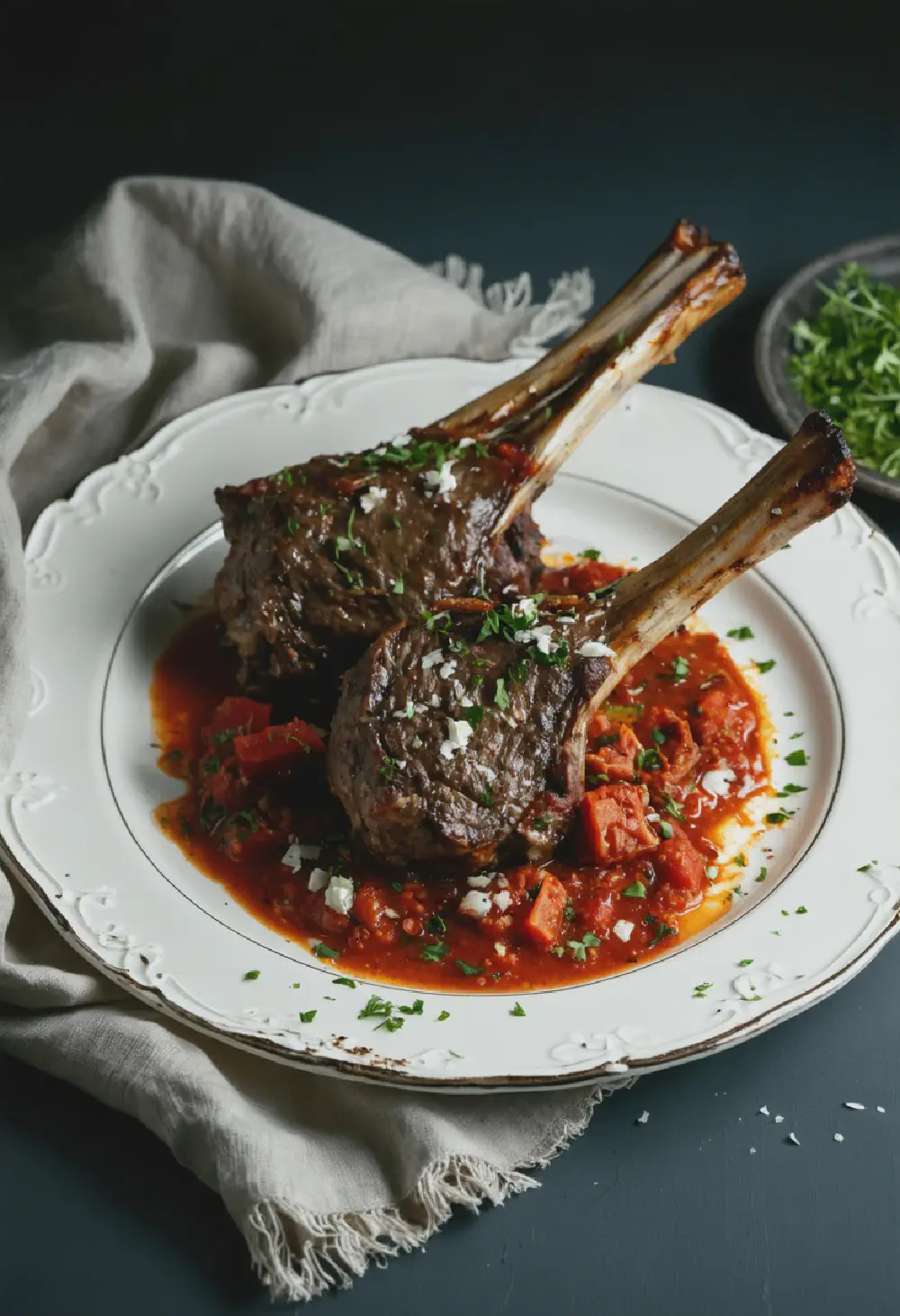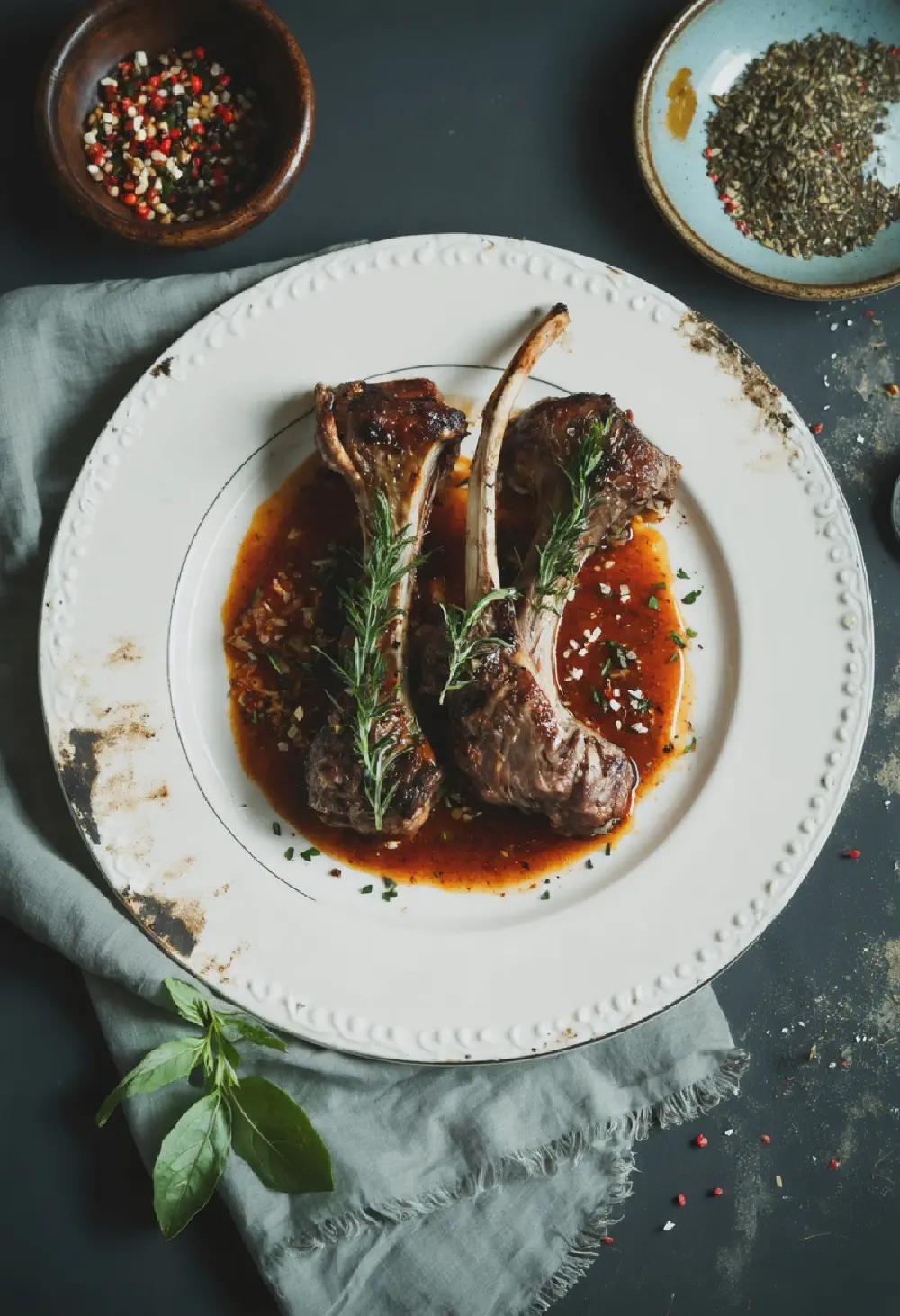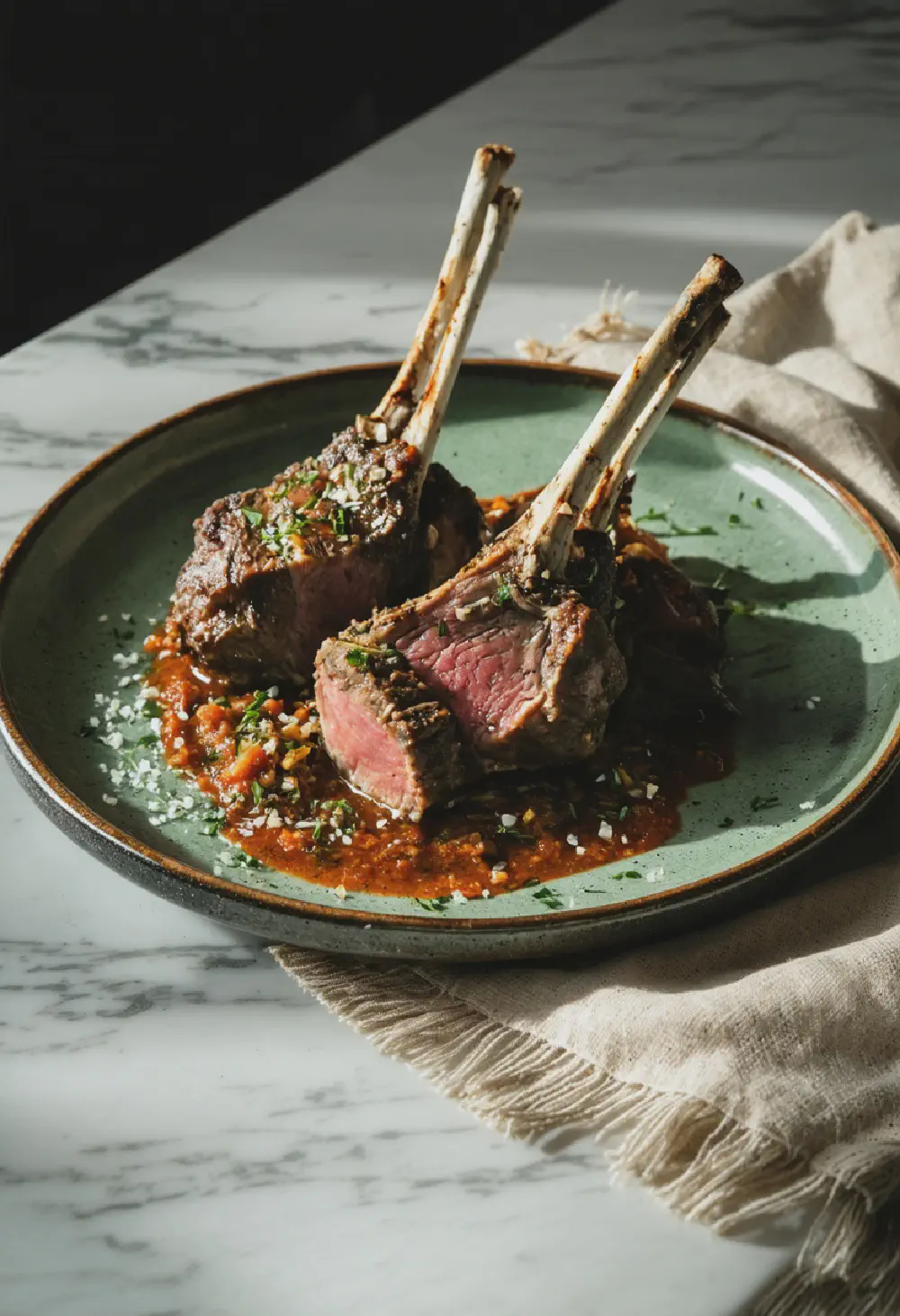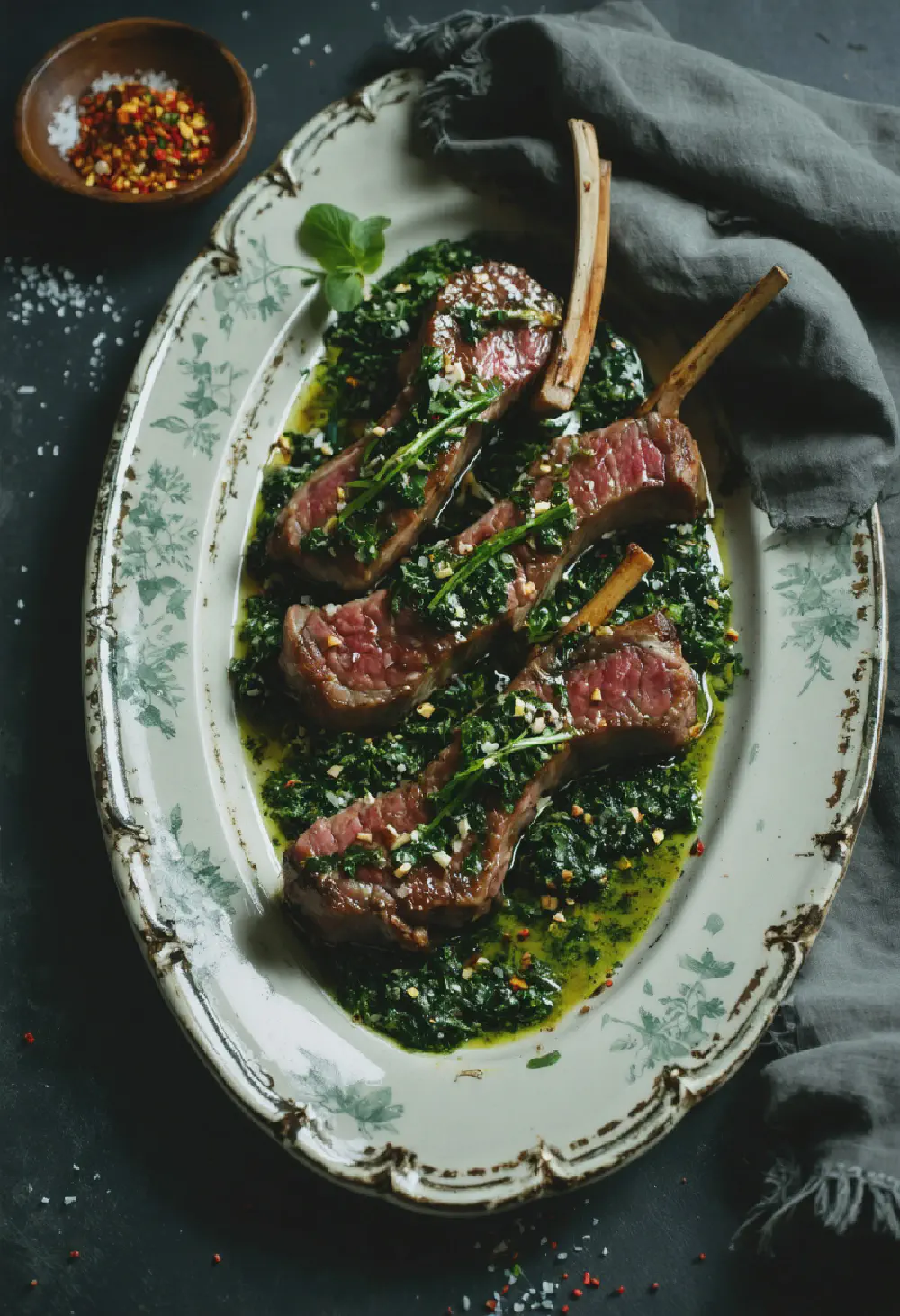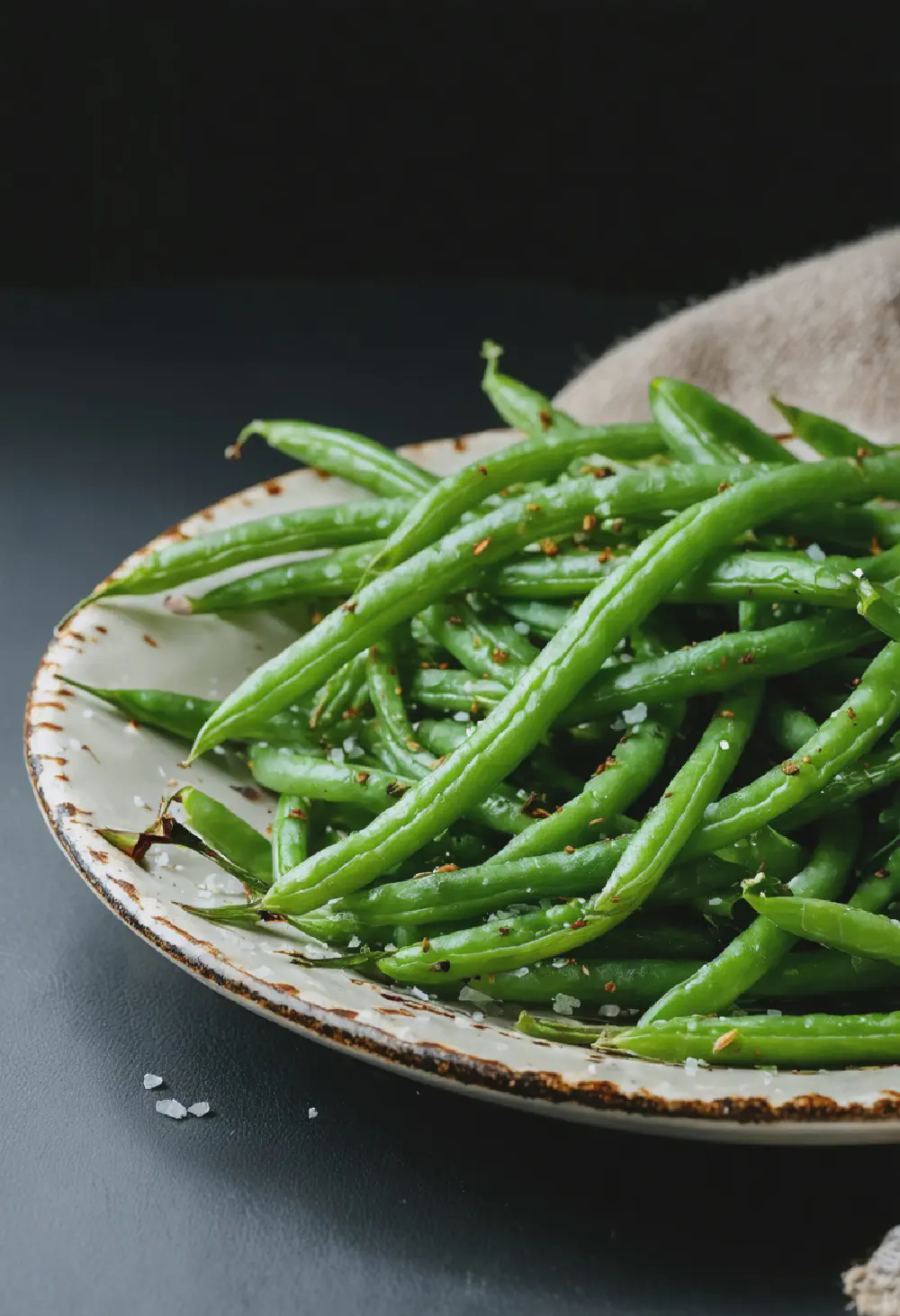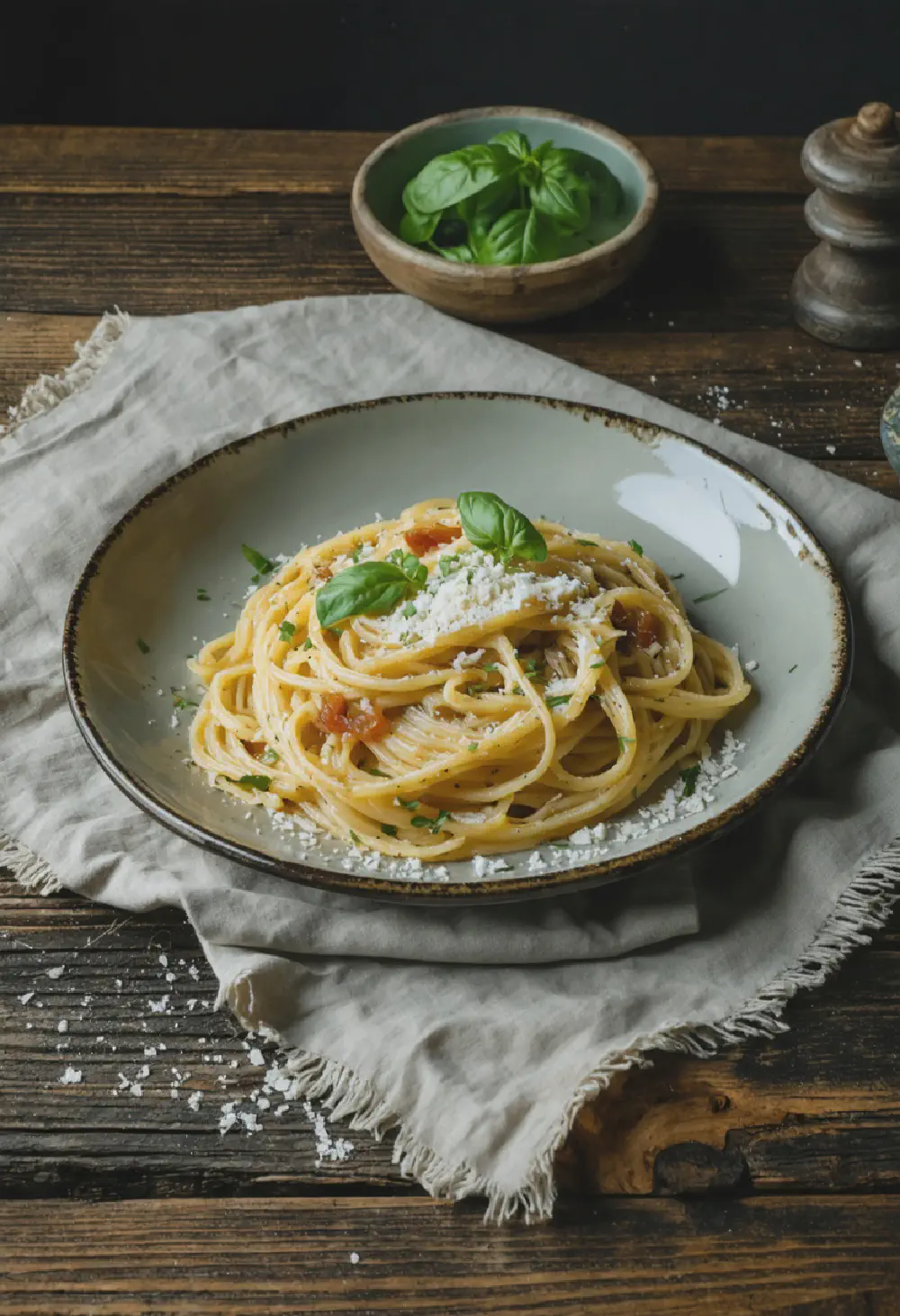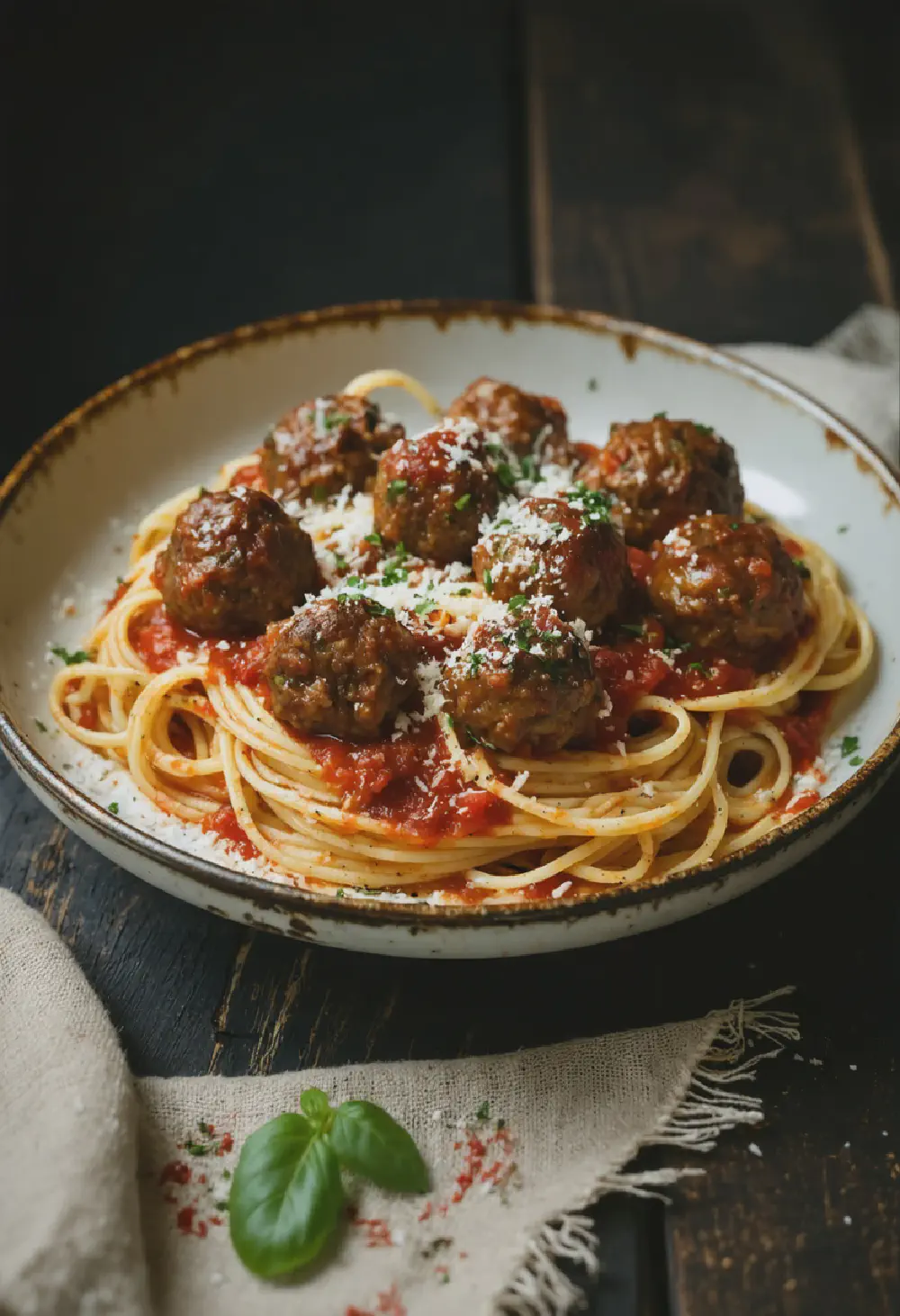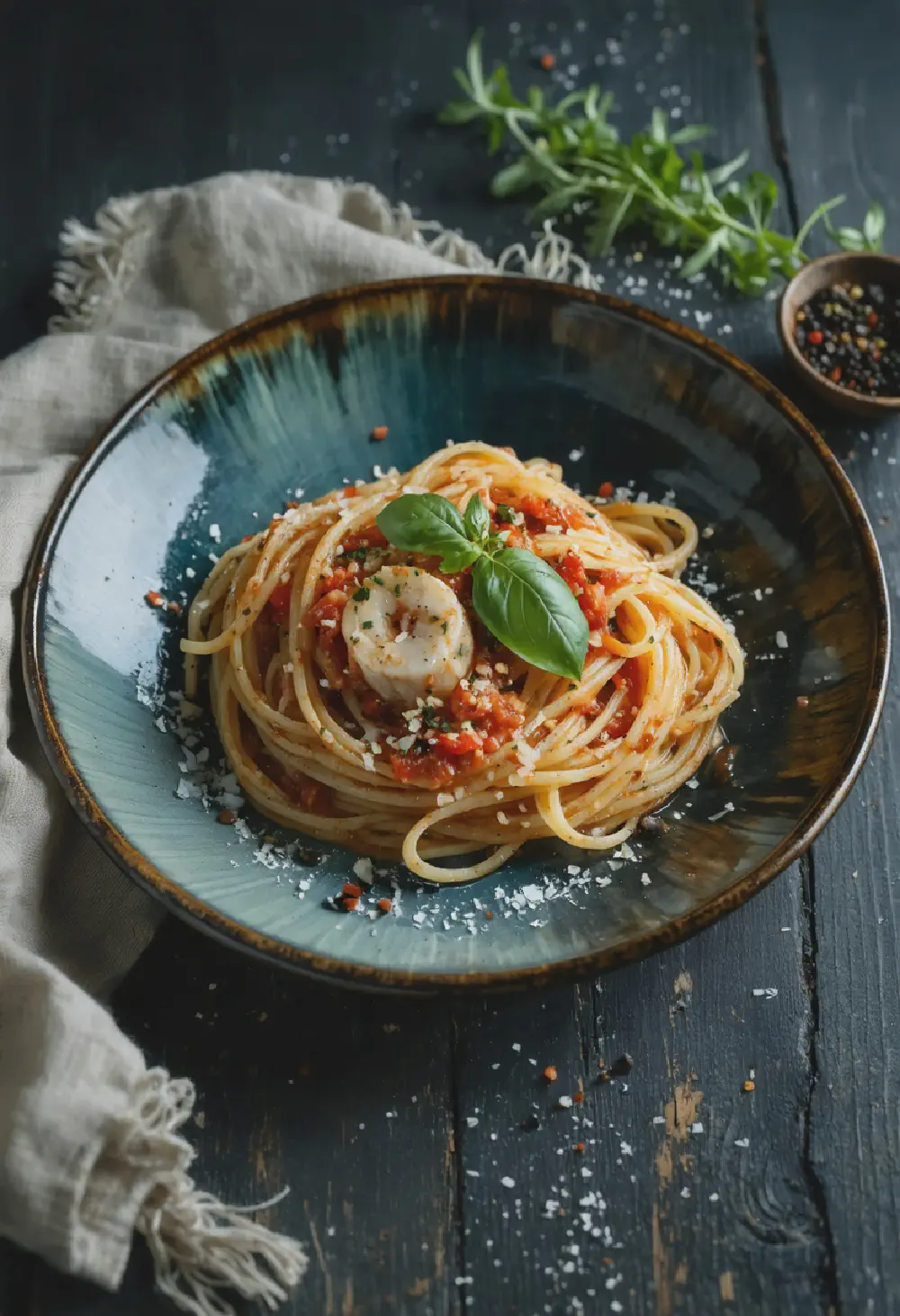Chicken Souvlaki
20M
30M
- Makes 4 servings
- 1 lb boneless, skinless chicken breasts, cut into 1-inch cubes
- 1/4 cup olive oil
- 2 tablespoons lemon juice
- 2 cloves garlic, minced
- 1 teaspoon dried oregano
- 1/2 teaspoon dried thyme
- 1/2 teaspoon salt
- 1/4 teaspoon black pepper
- Wooden skewers, soaked in water for 30 minutes
- In a large bowl, whisk together the olive oil, lemon juice, garlic, oregano, thyme, salt, and black pepper to create the marinade.
- Add the chicken cubes to the marinade and toss to coat evenly. Cover and refrigerate for at least 1 hour, or up to 4 hours for more flavor.
- Preheat your grill or grill pan to medium-high heat.
- Thread the marinated chicken onto the soaked wooden skewers.
- Grill the skewers for about 5 minutes on each side, or until the chicken is cooked through and has nice grill marks.
- Remove the skewers from the grill and let them rest for a few minutes before serving.
- Serve the chicken souvlaki with pita bread, tzatziki sauce, and a Greek salad for a complete meal.
Chicken Souvlaki: A Traditional Greek Delight
History
Chicken Souvlaki, a beloved dish in Greek cuisine, has a rich history that dates back to ancient times. The term “souvlaki” is derived from the Greek word “souvla,” meaning skewer, which reflects the method of cooking this dish. Historically, souvlaki was a popular street food in Greece, often enjoyed at festivals and social gatherings. The origins of souvlaki can be traced back to the Bronze Age, where archaeological evidence suggests that skewered meat was a common method of cooking. Over the centuries, Chicken Souvlaki has evolved, with various regions in Greece adding their unique twists to the marinade and accompaniments, making it a staple in Greek culinary tradition.
Taste Profile
The taste profile of Chicken Souvlaki is a harmonious blend of flavors that captures the essence of Greek cuisine. The chicken is typically marinated in a mixture of olive oil, lemon juice, garlic, and a variety of herbs such as oregano and thyme. This marinade not only tenderizes the chicken but also infuses it with a zesty and aromatic flavor. When grilled, the chicken develops a delightful charred exterior while remaining juicy and succulent on the inside. The combination of tangy lemon, robust garlic, and earthy herbs creates a mouthwatering experience that is both refreshing and satisfying. Often served with tzatziki sauce, which adds a cool and creamy contrast, Chicken Souvlaki offers a well-rounded taste that is quintessentially Greek.
Cultural Significance
In Greek culture, Chicken Souvlaki holds a special place as a symbol of communal dining and celebration. It is commonly enjoyed at family gatherings, festivals, and social events, where it brings people together over shared meals. The dish embodies the Mediterranean diet’s emphasis on fresh, wholesome ingredients and simple yet flavorful cooking techniques. In Greece, souvlaki is not just a meal but a cultural experience, often accompanied by lively conversations and the joy of good company. Its versatility allows it to be served in various settings, from casual street-side eateries to more formal dining occasions, making it a beloved and integral part of Greek culinary heritage.



